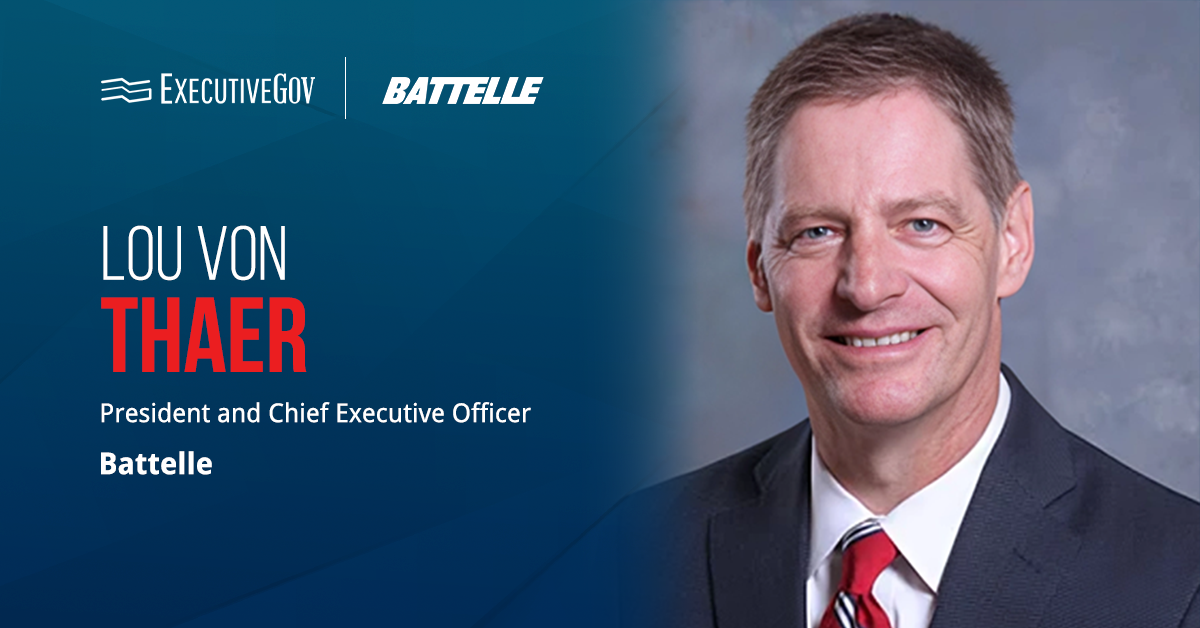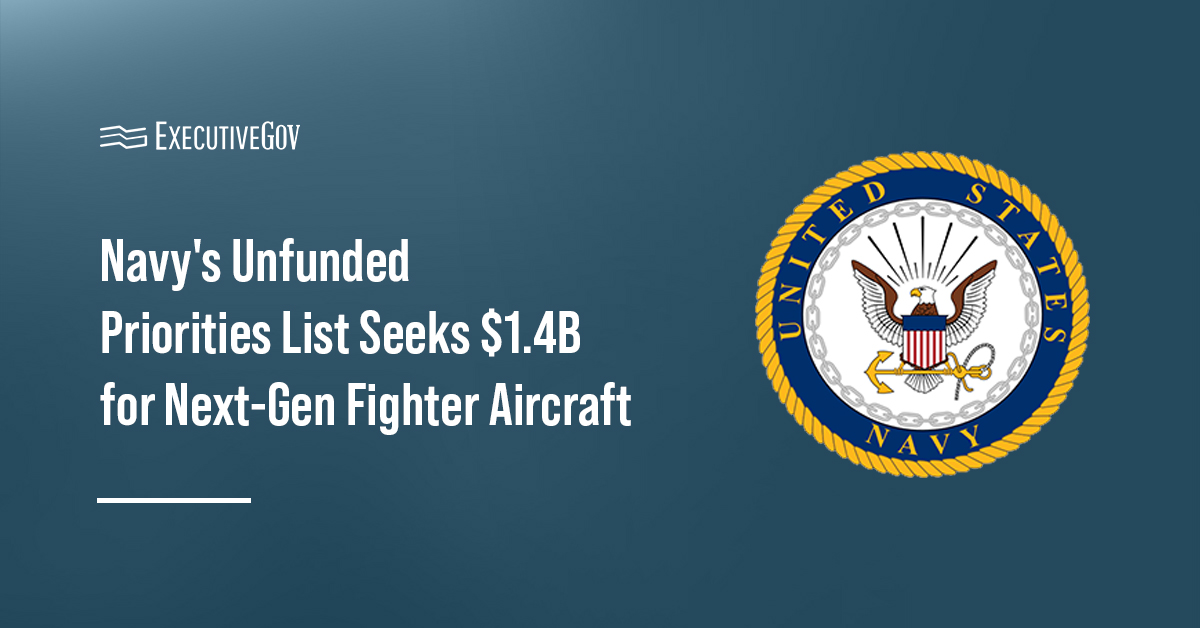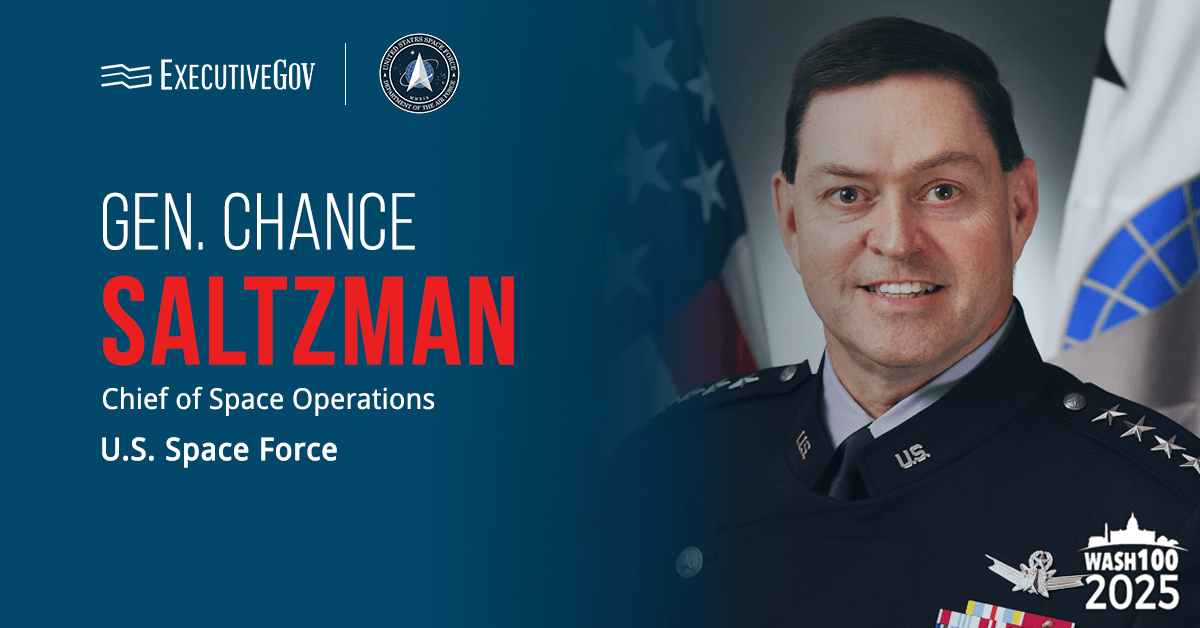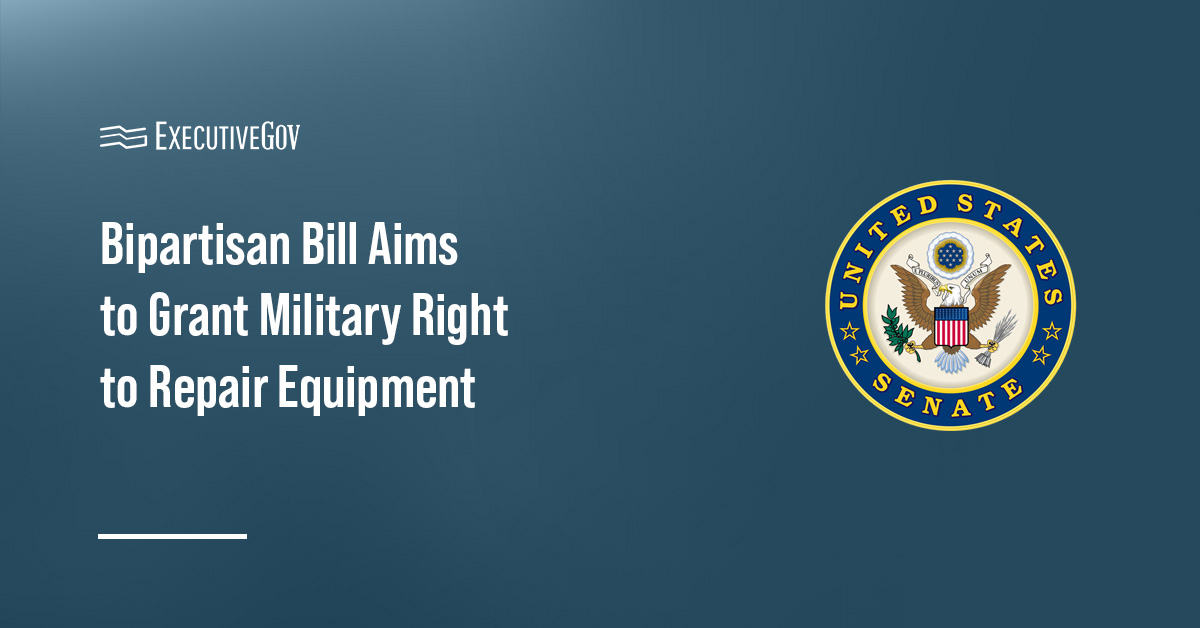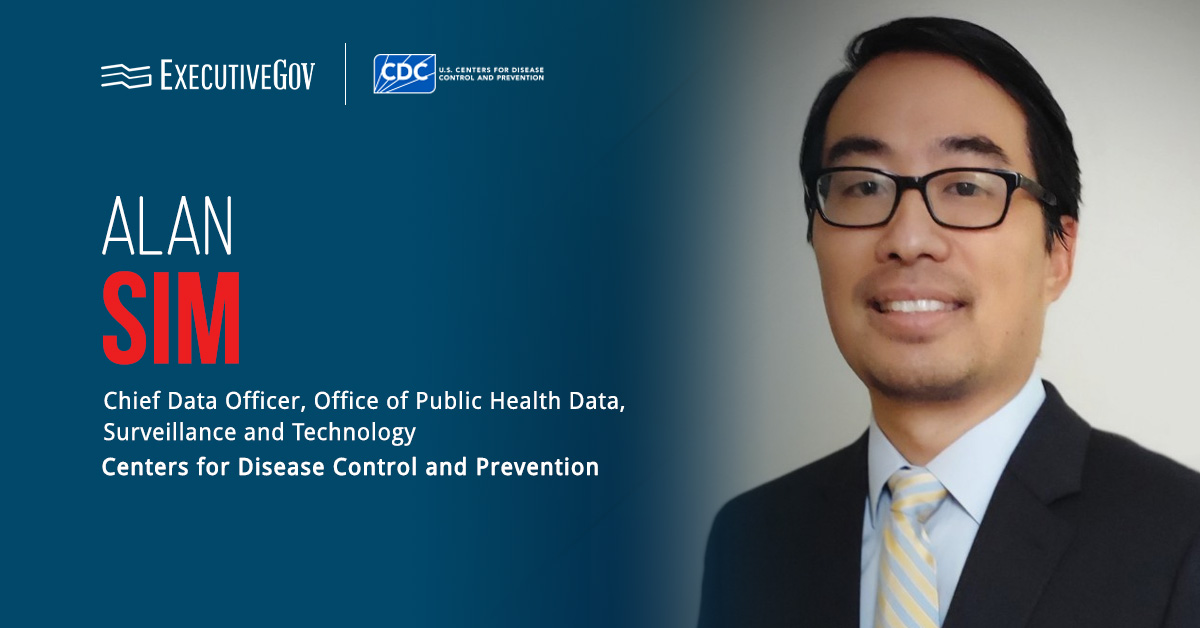Lou Von Thaer, president and CEO of Battelle and a 10-time Wash100 Award winner, announced a $3.25 million funding for the establishment of a science, technology, engineering and mathematics, better known as STEM, learning center within the Columbia Basin College, or CBC, campus.
The philanthropic gift is the largest donation Battelle has made in the Tri-Cities area throughout its 60-year history of managing the Department of Energy’s Pacific Northwest National Laboratory, the company said Wednesday.
“This gift aligns closely with Battelle’s mission to leverage science and technology for the betterment of society,” commented Von Thaer. “The partnerships established through this Community STEM Learning Center will build on CBC’s whole-family engagement model to meet the community’s needs and encourage students to pursue the essential STEM careers of tomorrow.”
CBC’s Upcoming Learning Center
The facility, which will be named the Community STEM Learning Center, will be housed at CBC’s campus in Pasco, Washington. It will focus on providing students, educators, families and the broader community with hands-on learning experiences across all fields of STEM.
CBC will refurbish an existing building for the center, which will offer immersive learning opportunities and programs.
“At CBC, we believe in educational access to everyone,” stated CBC President Rebekah Woods. “We know that hands-on STEM experiences are vital to students, our community and educators to build the skills and experiences to prepare them to take on future scientific challenges.”


